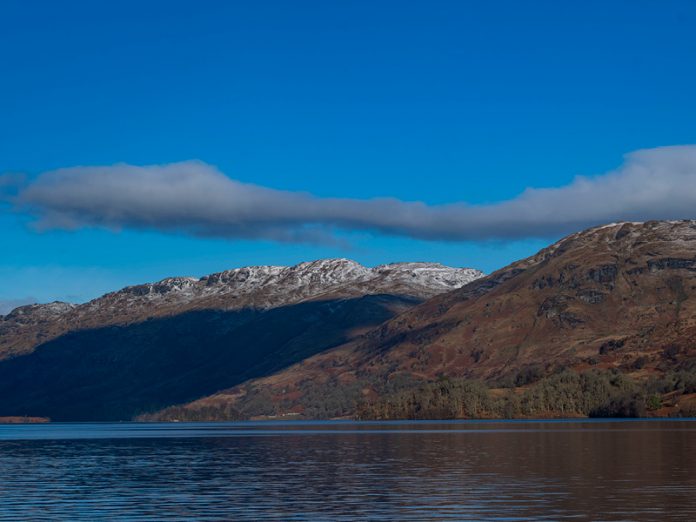The banks and forests around one of Scotland’s iconic lochs are set to become a carbon emissions sink.
Plans being developed by Forestry and Land Scotland will see Scottish Water’s lands and catchment areas around Loch Katrine increasingly soak up emissions from human activity which cannot otherwise be eliminated.
The 8-miles long freshwater loch – which supplies water to 1.3 million people in much of the Greater Glasgow area and other parts of the Central Belt – is surrounded by 9000 hectares of land managed by Forestry and Land Scotland.
The two organisations are working to maximise the biodiversity benefits of around 5000 hectares – an area broadly equivalent to the size of the city of Dundee – to lock up greenhouse gases, and preserve the natural environment.
Using the environment to act as a natural sink for greenhouse gases on such a scale will play a vital role in achieving the net zero emissions targets set out by Scottish Water.
Dr Mark Williams, Scottish Water’s sustainability and climate change manager, said: “Loch Katrine and its surrounding catchment is a jewel in Scotland’s natural environment crown.
“We are working to reduce emissions across the whole network which produces 1.5 billion litres of water per day for customers and collects, cleans and recycles waste water, returning it to the environment. But some emissions simply cannot be prevented. Vibrant forests and peatlands act as a sink for them and lock them up stopping them emitting into the atmosphere.
“Smart approaches to peatland restoration, planting and re-planting, forest and land management, natural regeneration and biodiversity will mean Loch Katrine, for decades and longer to come, will be a valuable asset to our communities. We cannot plant our way out of the climate crisis. But biodiversity can help reduce the impact of activities on the very environment we rely on for our water.”




